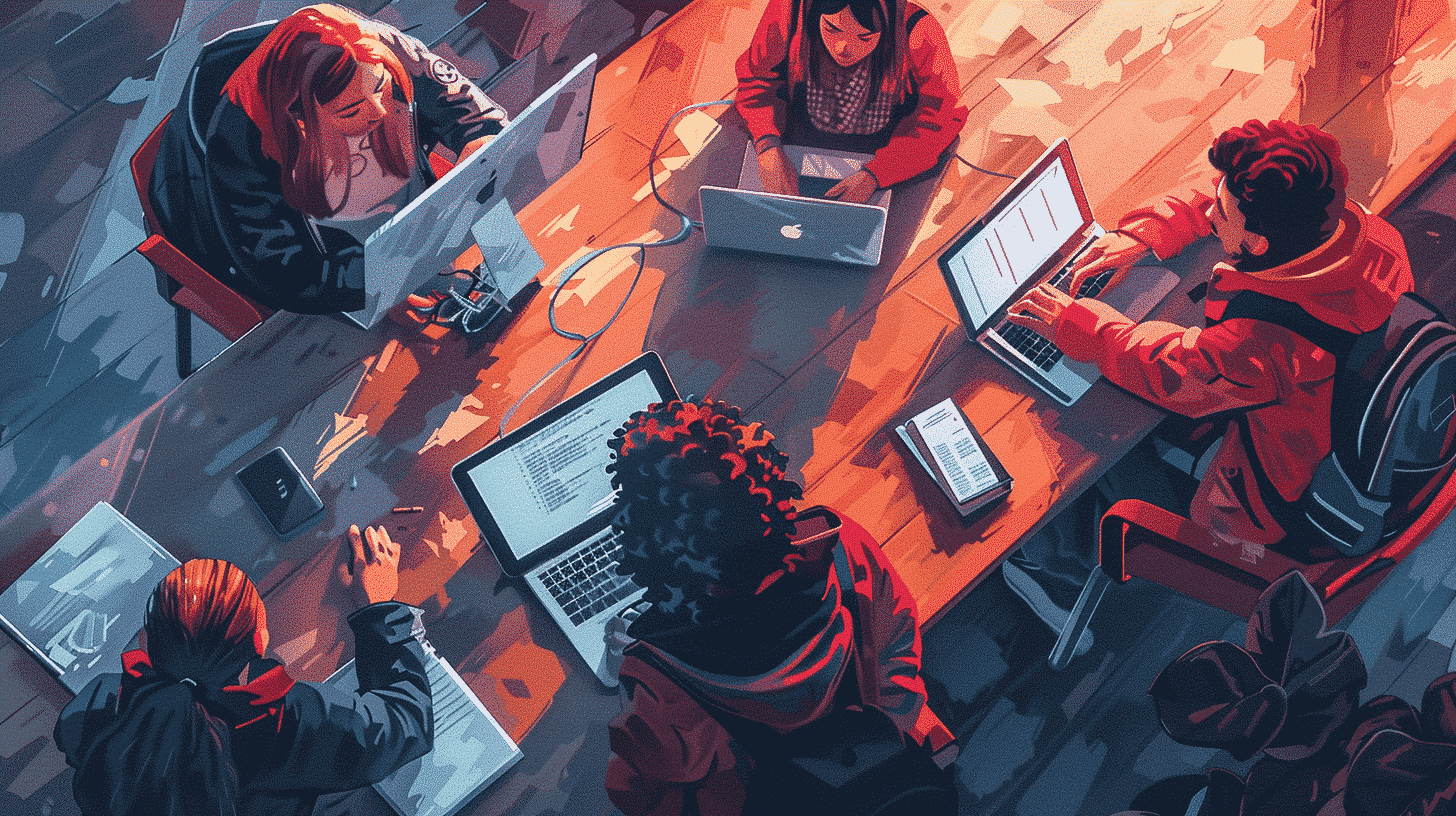Understanding the Importance of Greetings in Croatian Culture
Greetings in any language are the first step towards building rapport and showing respect. In Croatian culture, greetings are not just formalities but essential social customs that reflect politeness and warmth. Knowing how to say “hello in Croatian” correctly can help you make a positive first impression whether you’re visiting Croatia, meeting Croatian speakers, or engaging in business.
Here are some reasons why mastering Croatian greetings is important:
- Establishes Connection: A proper greeting breaks the ice and creates a friendly environment.
- Shows Respect: Using the right form of greeting demonstrates cultural awareness and respect.
- Enhances Communication: It sets a positive tone for any conversation.
- Builds Trust: People appreciate when foreigners make an effort to speak their language.
Basic Ways to Say Hello in Croatian
When learning “hello in Croatian,” it’s essential to understand the different greetings used in various contexts. Croatian greetings vary based on the time of day, formality, and the relationship between speakers.
Common Croatian Greetings
- Bok – The most common informal greeting, similar to “hi” or “hello.” It’s widely used among friends, family, and young people.
- Zdravo – Another informal greeting that means “hello.” It is slightly more formal than “bok” but still casual.
- Dobar dan – Means “good day” and is used in formal or polite situations, often during daytime hours.
- Dobra večer – Translates to “good evening” and is used later in the day as a greeting.
- Dobro jutro – Means “good morning” and is typically used before noon.
Pronunciation Guide
Pronouncing Croatian greetings correctly can be challenging for beginners. Here is a simple guide:
- Bok – Pronounced like “bok” (rhymes with “rock”).
- Zdravo – Pronounced as “ZDRAH-vo.”
- Dobar dan – Pronounced “DOH-bar dahn.”
- Dobra večer – Pronounced “DOH-brah VEH-cher.”
- Dobro jutro – Pronounced “DOH-broh YOO-troh.”
Contextual Usage of Croatian Greetings
Choosing the right greeting depends on whom you’re speaking to and when. Here’s a breakdown of when to use each greeting:
Informal Greetings
Use informal greetings with peers, friends, or younger people. For example:
- Bok – Suitable for casual settings, such as meeting a friend or a classmate.
- Zdravo – Another friendly greeting, ideal for informal situations.
Formal Greetings
When addressing strangers, elders, or in professional environments, formal greetings are preferred to show politeness:
- Dobar dan – Used during the day, especially in business or formal contexts.
- Dobra večer – Used in the evening in formal situations.
- Dobro jutro – Used in the morning hours formally.
Common Responses to “Hello” in Croatian
After greeting someone, it’s polite to respond appropriately. Here are some common responses you might hear or use:
- Bok! – A friendly reply if greeted with “bok.”
- Zdravo! – Used to reciprocate the greeting.
- Dobar dan! – Formal reply, often accompanied by a handshake.
- Dobro, hvala. – Means “Good, thank you,” commonly used after a greeting when asked about wellbeing.
Additional Croatian Greetings and Expressions
Beyond “hello,” there are other useful expressions to enrich your conversational skills in Croatian:
- Kako si? – “How are you?” (informal)
- Kako ste? – “How are you?” (formal)
- Drago mi je – “Nice to meet you.”
- Vidimo se – “See you later.”
Tips for Learning “Hello in Croatian” with Talkpal
Talkpal is an excellent platform for learning Croatian greetings and more. Here’s how to make the most of it:
- Interactive Practice: Engage in real conversations with native speakers to practice saying “hello in Croatian” naturally.
- Audio Lessons: Use audio clips to perfect your pronunciation of greetings like “bok” and “dobar dan.”
- Contextual Learning: Learn greetings in context through dialogues and situational examples.
- Progress Tracking: Monitor your improvement and revisit challenging greetings.
- Cultural Insights: Understand the etiquette behind greetings to use them appropriately.
Conclusion
Mastering how to say “hello in Croatian” is an essential first step in learning the language and connecting with Croatian speakers. Whether you use the casual “bok” among friends or the polite “dobar dan” in formal settings, these greetings open the door to richer conversations and cultural understanding. Leveraging tools like Talkpal can accelerate your learning journey by providing practical, interactive, and immersive experiences. Start practicing today, and soon greeting others in Croatian will feel natural and rewarding.






